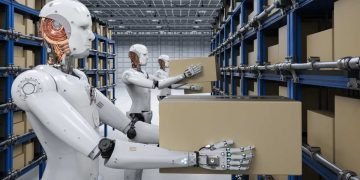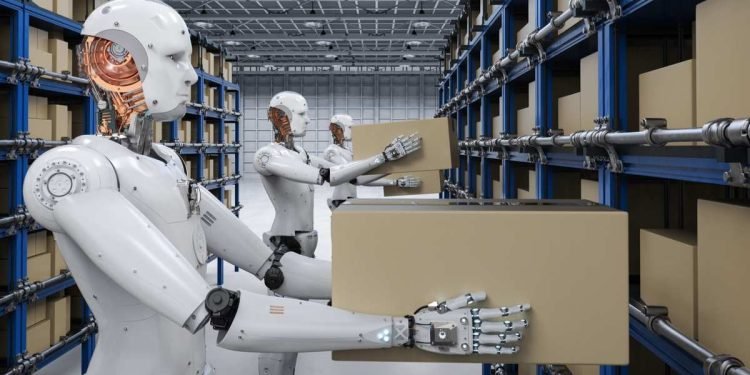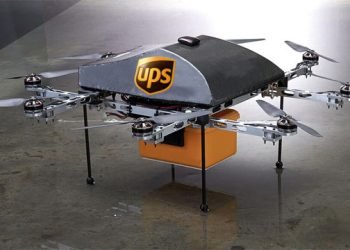By Eva Richardson – The Logistic News
There’s no blinking dashboard. No robotic voice issuing commands. And yet, in warehouses and control centers across the logistics sector, a subtle revolution is gaining ground—led not by hardware, but by code.
Artificial intelligence, in its most effective form, has stopped trying to impress. It’s now simply performing.
From forecasting container delays weeks in advance to detecting inefficiencies in warehouse rotations, AI is slipping into core operations—not as a showpiece, but as an embedded logic.
A shift in culture, not just in tools
Logistics, traditionally reactive by nature, is learning to anticipate. The shift isn’t about faster machines—it’s about smarter decisions made earlier in the chain. In Hamburg, a freight operator avoided a major bottleneck last month thanks to a predictive model that flagged vessel delays en route from Asia. A decision that would’ve once taken hours was made in minutes.
“AI didn’t tell us what to do. It showed us something we hadn’t seen,” explains Klaus Meier, Chief Logistics Officer at the firm. “From there, we acted faster.”
More accuracy, fewer assumptions
What separates the new generation of AI tools from earlier automation is context. These systems don’t just calculate—they learn, drawing conclusions from both structured and unstructured data. That includes emails, weather feeds, and historical cargo volumes.
The result? Fewer assumptions, more accuracy. And in a space where margins are thin and timing is everything, that precision is no small thing.
Beyond buzzwords: results on the ground
A recent internal audit from one of Europe’s leading transport providers showed an 11% reduction in route deviation, a 16% drop in last-mile delays, and a marked increase in customer satisfaction—all linked directly to AI-driven adjustments.
Yet what’s most striking isn’t the scale of the numbers. It’s how quietly they were achieved.
There was no new fleet. No rebranding. Just data, harnessed differently.
What happens next?
AI in logistics won’t be a headline in five years—it’ll be the default. Those still debating whether to invest may find the conversation has already moved on.
As one executive put it bluntly:
“If your supply chain isn’t learning, it’s falling behind.”























